Sports photographer Liam McAvoy shares his favourite piece of kit: the Sigma 120-300mm f/2.8 lens
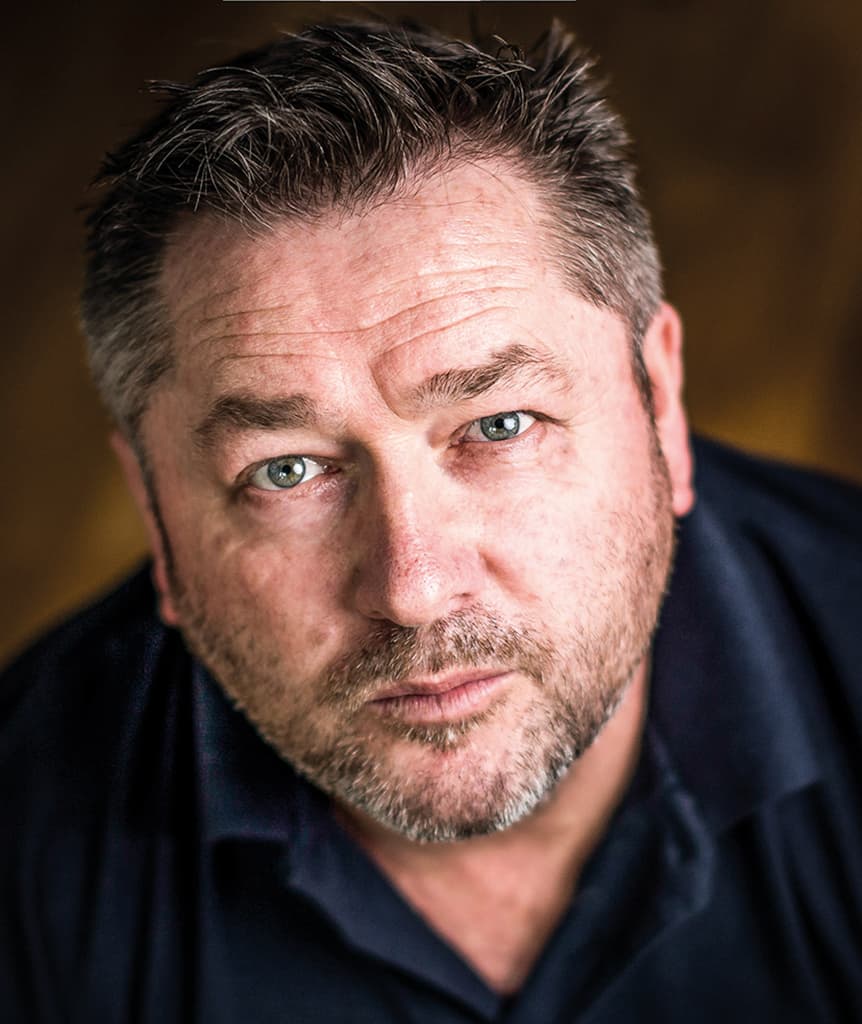
Liam McAvoy has been a photographer for over 15 years and lives in the South East. See more of his work at www.sittl.co.uk or on Instagram @liammac_uk
AP: Tell us about your photography background
LM: I was a late starter to photography. It was only after my daughter was born that I started to take it more seriously. As for sports photography, it was 2002 when I was the 1st team player/manager of the local football team De Beers AFC in Somerset West, South Africa. I took my Fuji Finepix to a pre-season friendly and snapped away.
I became inspired by sports photographer Peter ‘Bee’ Barnard who freelanced for the local paper and it was after seeing his superb images week after week that I thought I could do the same when my playing days were over. After moving back to the UK, I covered local sport, which I still enjoy the most.
After a while I got in touch with a local paper and as luck would have it, I landed the job as a press photographer on a permanent basis for the Surrey Mirror. I now only freelance for the group due to cuts. I also work with a professional photo agency covering professional sports events across the country.
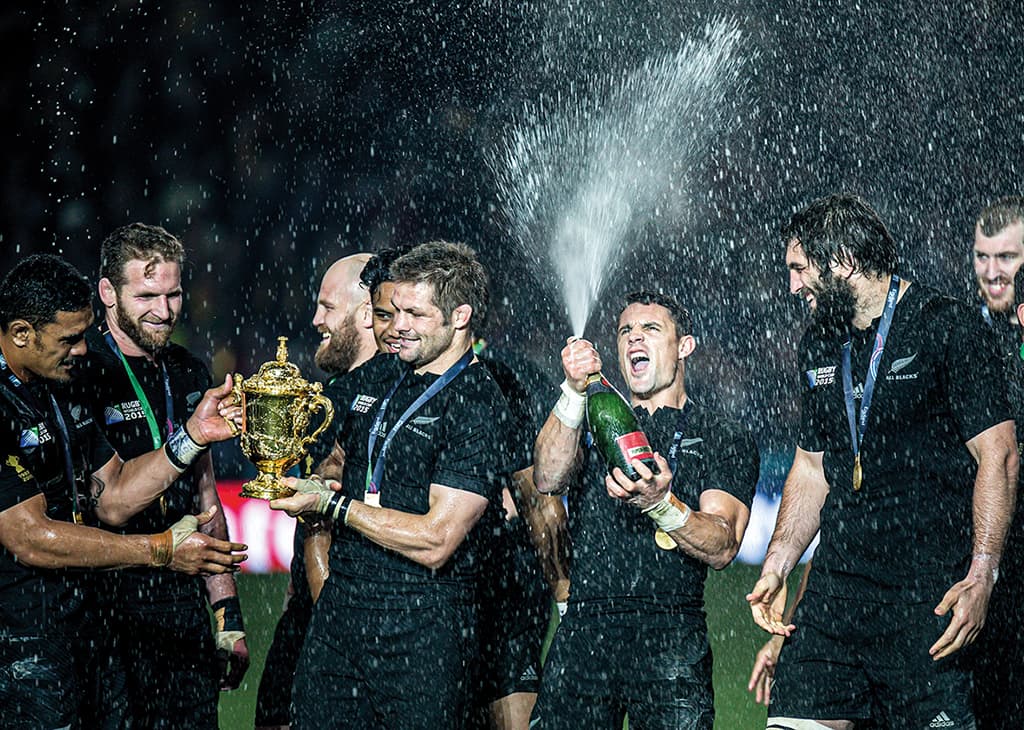
Daniel Carter of New Zealand pops the champagne during the celebrations after the Rugby World Cup Final match between New Zealand and Australia played at Twickenham Stadium, London on the 31st of October 2015. Photo by Liam McAvoy
AP: What does your kit for sports photography consist of?
LM: It all depends on the event I am shooting and where I’ll be sitting as to what gear I take. No less than two camera bodies, usually three. My workhorses are a Sony Alpha 9, Alpha 7 and a Canon EOS-1D X.
Lenses I frequently use include the Canon 16-35mm, Sony 24-105mm, Sony 70-200mm and my trusty Sigma 120-300mm. My Godox speedlite is also essential when I’m covering hospitality or headshots. I use my Thinktank airport roller bag or Pelicase to move my gear around.
AP: If you could pick one item of kit you couldn’t live without, what would it be?
LM: When I’m covering a football, rugby or hockey match I pick my Sigma 120-300mm f/2.8 DG OS HSM Sports coupled with my Sony A9. The versatility of the focal length makes it my go-to lens. For some matches it may be the only lens I use for the main action, depending on where I am sitting.
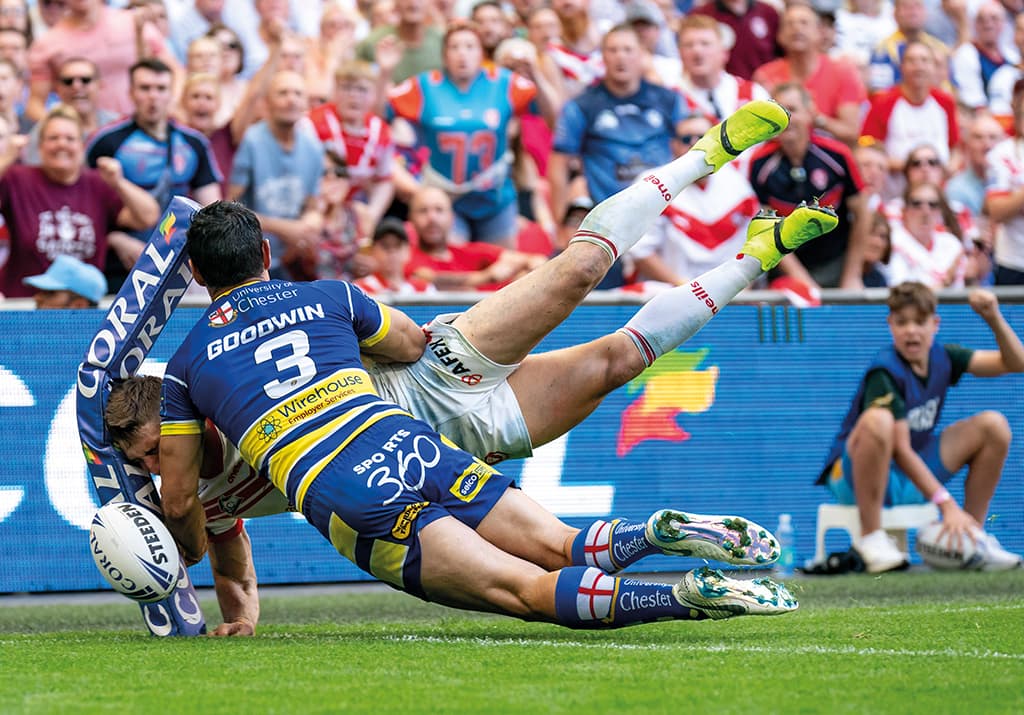
Bryson Goodwin of Warrington Wolves with a brilliant tackle on Tommy Makinson of St Helens to stop a TRY during the Coral Challenge Cup Final match between St Helens and Warrington Wolves at Wembley Stadium, London, England on 24 August 2019. Photo by Liam McAvoy.
AP: Did you buy it from new and what was it that made you want to purchase it?
LM: Yes I bought it from new. I was drawn to the price of the lens, which is much more affordable than a 300mm prime. The versatility of the focal length and wide aperture are of great benefit under low-light situations.
At the time I was looking to purchase a 300mm prime and came across this lens with some great reviews. The older version was apparently quite soft, but this one is pin-sharp. I took a chance and I’ve been extremely happy since day one.
AP: Can you elaborate about how it performs in use?
LM: The lens focuses quickly and has optical stabilisation which, if needed, can be turned on from a flick of a switch. A monopod is needed as it is a heavy lens and the zoom ring is smooth when tracking and framing subjects. I’ve found it performs superbly on my Sony A9 using the Sigma MC-11 mount converter.
There are Custom Switch settings, and by using Sigma’s USB dock it’s possible to adjust focus speed, focus accuracy-priority and micro adjust autofocus. This is useful for adjusting the lens to different conditions when needed.
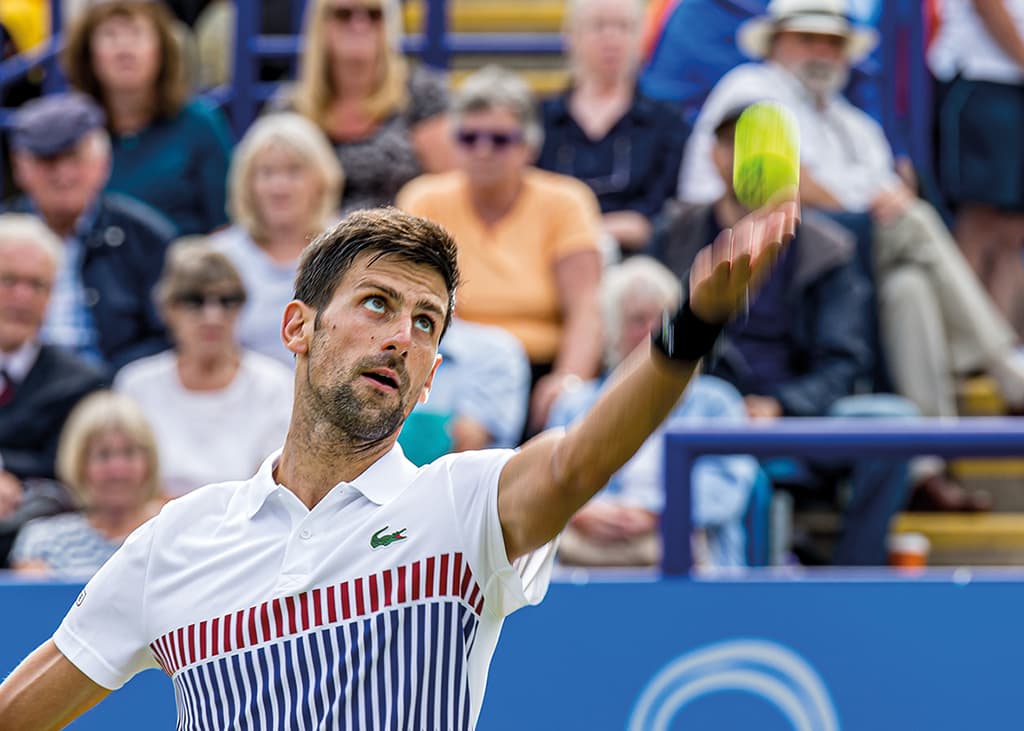
Novak Djokovic of Serbia in action in his semi-final against Daniil Medvedev of Russia during day 8 of the Aegon International Eastbourne at Devonshire Park Lawn Tennis Club, Eastbourne, England on the 30th June 2017. Photo by Liam McAvoy.
AP: Have you identified any weaknesses or disadvantages in your possession?
LM: Anticipating the action can be all sports photographers’ weakness. As far as the lens goes, the weight is a big disadvantage. It weighs in at a hefty 3.5kg, so I would recommend supporting it on a monopod unless you are looking for an arm workout.
AP: If it could be improved in any way, how would this be?
LM: It is a heavy lens, so if Sigma could find a way to shed some weight that would brilliant. While they’re are at it I wouldn’t say no to an increase to 400mm, while maintaining the fast f/2.8 aperture. Maybe I’m getting a little carried away, but we can all dream of the perfect lens for our photography.
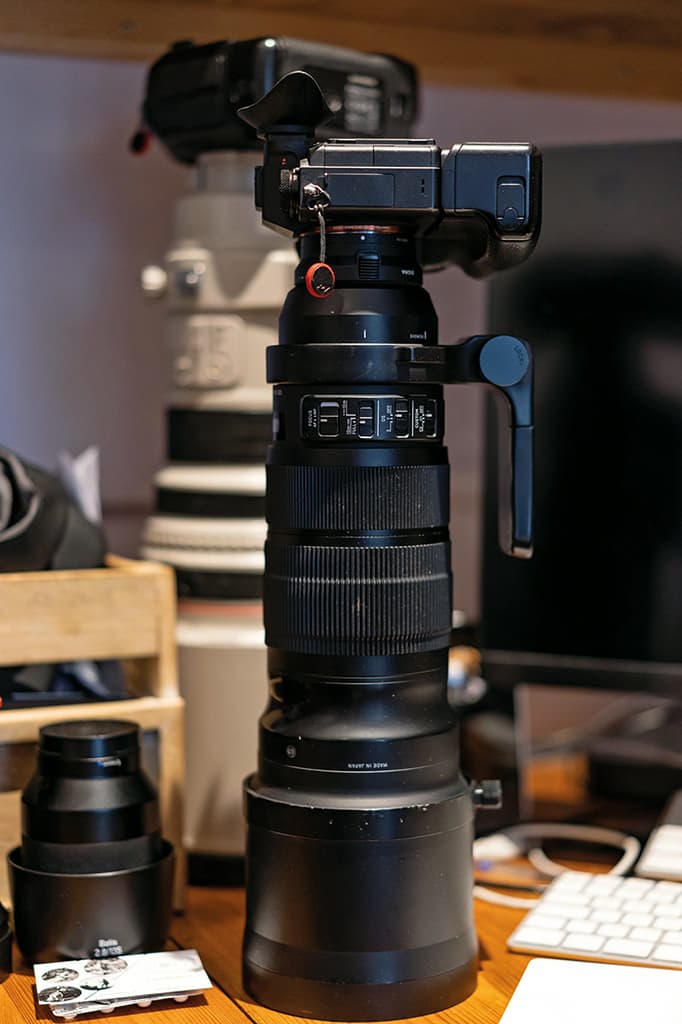
AP: Do you have any plans to replace, add to or upgrade your current kit?
LM: I have no plans to upgrade my kit at the moment. Sure, it would be nice to upgrade to the latest and greatest gear but I will get by. Unfortunately, the days of making good money on a sale to a national newspaper are long gone.
AP: Tell us how you think your setup/kitbag might look ten years from now?
LM: Ten years from now my kitbag might be a tad lighter as I explore other avenues and different subjects and genres. I will be surprised, but also happy, if I am still doing what I’m doing now in a decade’s time.
Further reading








